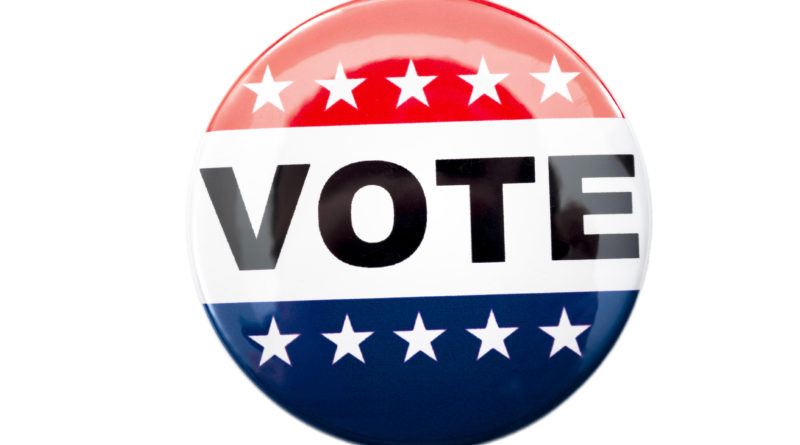What Are The Latest Presidential Poll Numbers?
3,654 total views, 1 views today
On Tuesday, the first of three scheduled presidential debates showed the intensity of the rivalry between President Trump and Democratic presidential candidate Joe Biden. More than 73 million people watched the quarrelsome debate, during which the candidates were supposed to explain their stances on various political and societal issues. But did the debate persuade people, including undecided voters, about who should win the election? Here are recent polls about the latest presidential numbers.
Recent 2020 election polls
Based on state polls’ averages, Biden is ahead in the national election by approximately eight points. Biden has a projected 50.8 percent of votes, and President Trump has 42.9 percent. Although many people believed Biden won the debate, a recent poll showed that only two percent of the people surveyed said the debate changed their minds about their vote.
Swing state 2020 election polls
In swing states such as Pennsylvania, Arizona, Wisconsin, Florida, and Ohio, Biden is slightly ahead in projected popular votes for the presidential election. On the other hand, in Iowa, Texas, and Georgia, President Trump has more projected votes than Biden.
Pennsylvania
Biden will have to boost turnout in Pennsylvania’s two large Democratic cities to outweigh Trump’s rural support. Currently, Biden is at 52 percent versus Trump’s 47 percent. Before 2016, Democrats had won every presidential election in Pennsylvania since 1988.
Arizona
Arizona used to be a consistently Republican state, but recently, things have changed. Biden may win this toss-up state on a good polling day. Polls show Biden at 47 percent and President Trump at 46 percent among likely voters in recent polls. The gradual shift of Arizona away from consistent Republican victories may stem from its large Latinx population.
Wisconsin
Wisconsin is another state in which Biden is slightly ahead. President Trump has approximately 46 percent of the popular vote, while Biden is currently at 52 percent. In the 2016 presidential election, President Trump won Wisconsin with 47 percent of votes, a margin of one percent.
Florida
The race for the election is neck and neck in Florida. Several polls have shown Biden at 50 percent and President Trump at 48.8 percent. The race may be tighter in Florida since the state has a diverse population and is home to many conservatives. Additionally, a high proportion of older voters live in the southern state.
President Trump addressing the white supremacist group Proud Boys may have affected his Florida polling. Many people have perceived this comment as a dog whistle to the hate group, and in turn, many Black voters in Florida have been energized to vote for Biden.
Ohio
Biden and President Trump are also in a close race in Ohio. Recent polling there has shown that 48 percent of likely voters would vote for Biden and 47 percent would vote for Trump. President Trump won Ohio by a margin of approximately eight points in 2016.
Iowa
The rural state of Iowa has become increasingly Republican in recent elections, with the party’s success there buoyed by the support of working-class white voters. Trump is currently polling at 50.5 percent in Iowa, whereas Biden is polling at 48 percent.
Texas
President Trump is favored to win Texas by receiving 51 percent of likely votes, compared to Biden who is at 47 percent. Last presidential election, President Trump won Texas and garnered 52.6 percent of the state’s votes.
Georgia
Biden is behind by one percent of likely votes compared to Trump. President Trump has 50 percent of likely votes and Biden has 49 percent. In the 2016 presidential election, President Trump won Wisconsin with 51.3 percent of votes.
Will the winner be clear on Election Day?
An influx of vote-by-mail ballots due to COVID-19 will result in an unusually lengthy process for tallying all votes. Although the latest polls show that Biden is ahead nationally, much will remain unclear for several weeks after Election Day. Ultimately, the swing states’ long-term results may decide the election.

